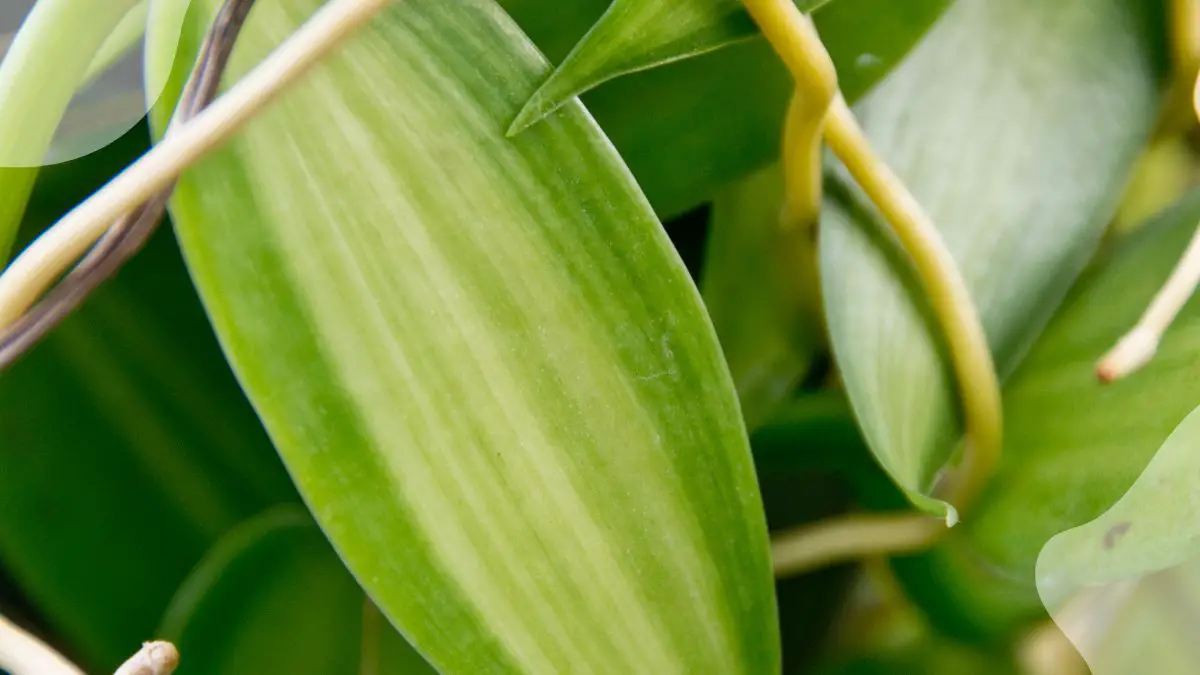Discovering split orchid leaves can be concerning, but it's crucial to understand the underlying causes and how to address them promptly. While a split leaf or limp leaves may seem alarming, with the right care and attention, you can help your orchid thrive once again. In this post, we will delve into the reasons behind orchid leaves splitting and provide actionable tips to nurture your plant back to health.
Understanding the factors contributing to split orchid leaves is essential for effective care. By identifying these issues early on and implementing appropriate solutions, you can ensure your orchid continues to flourish. Let's explore the common triggers of this phenomenon and equip ourselves with the knowledge needed to safeguard our beloved orchids.
Key Takeaways
- Monitor Environmental Conditions: Keep a close eye on the humidity levels, temperature, and light exposure around your orchids to prevent leaf splitting.
- Maintain Adequate Humidity: Ensure that the humidity levels are suitable for your orchids by using a humidity tray or humidifier to avoid leaf issues.
- Avoid Sudden Changes: Gradually acclimate your orchids to any environmental changes to reduce stress on the plants and minimize the risk of leaf splitting.
- Inspect Regularly: Regularly check your orchids for signs of stress or damage, such as yellowing or browning of leaves, to address issues promptly.
- Provide Proper Air Circulation: Ensure good air circulation around your orchids to prevent moisture buildup, which can lead to leaf splitting.
- Adjust Care Practices: Modify your care routine based on the specific needs of your orchids and the environmental conditions they are exposed to.
Understanding Orchid Leaf Splitting
Common Causes
Lack of humidity is the primary reason for orchid leaf splitting. When humidity levels drop, orchid leaves become susceptible to splitting down the middle. Environmental factors, such as dry air, can significantly impact orchid leaf health.
Misconceptions Addressed
Overwatering does not cause orchid leaf splitting; instead, it is primarily due to low humidity levels. The myth that leaf splitting indicates over-fertilization is incorrect. Humidity plays a vital role in preventing various orchid leaf issues.
Signs of Healthy Leaves
Healthy orchid leaves are characterized by firmness and vibrant colors. Regularly inspecting leaves for any signs of damage or splitting is crucial. Healthy leaves are essential for the overall well-being of the orchid plant.
Environmental Factors
Natural Triggers
Natural triggers like aging and growth patterns play a crucial role in orchid leaf splitting. As orchid leaves age, they become more susceptible to developing splits due to the weakening of cell structures. Understanding these natural processes can help in preventing leaf issues.
Seasonal changes and natural cycles also impact orchid leaf health. During certain seasons, orchids may experience fluctuations in humidity levels or temperature, leading to stress on the leaves. This stress can manifest as splitting or other visible signs of damage.
Genetics is another key factor influencing orchid leaf splitting. Some orchid species are inherently more prone to leaf issues due to their genetic makeup. Breeders often select for traits that enhance the plant's appearance but may inadvertently increase its vulnerability to splitting.
Environmental Triggers
Temperature and light exposure are critical environmental factors that affect orchid leaf health. Extreme temperatures can stress the leaves, making them more likely to develop splits. Similarly, inadequate or excessive light exposure can disrupt the photosynthesis process, weakening the leaves.
Improper ventilation is a common environmental trigger for orchid leaf splitting. Poor air circulation around the plant can create a humid environment, promoting fungal growth and increasing the risk of leaf issues. Ensuring proper airflow around the orchids can help maintain leaf health.
To prevent orchid leaf issues, it's essential to create an optimal environment for your plants. Maintain consistent temperature levels within the recommended range for your orchid species. Provide adequate but indirect sunlight to prevent leaf burn while ensuring proper ventilation to avoid excessive humidity.
Prevention Strategies
Promoting Leaf Health
Maintaining proper humidity levels is crucial for healthy orchid leaves. To achieve this, consider using a humidifier to create a conducive environment. Another effective method is placing orchids on a pebble tray filled with water to increase humidity levels around the plants. Regular misting of the leaves or grouping multiple orchids together can help in creating a microclimate that promotes leaf health.
Care for Split Leaves
When dealing with split orchid leaves, it's essential to take immediate action. Start by carefully trimming off the damaged parts to prevent further tearing. Monitor the split leaves closely for any signs of infection or worsening damage. To prevent future leaf splitting, ensure that your orchids receive proper care, including adequate watering, appropriate lighting, and regular fertilization.
Summary
Understanding why orchid leaves split, considering environmental factors, and implementing prevention strategies are crucial to maintaining the health of your orchids. By being aware of these causes and taking proactive measures, you can ensure that your orchids thrive and display their beauty to the fullest. Remember, a well-cared-for orchid will reward you with stunning blooms and vibrant foliage.
Take the time to observe your orchids regularly, adjust their environment as needed, and follow the prevention tips shared here. Your efforts will not only prevent leaf splitting but also promote overall orchid health and growth. Keep up with these practices, and you'll enjoy a flourishing orchid collection for years to come.
Frequently Asked Questions
What causes orchid leaves to split?
Orchid leaves can split due to various factors such as overwatering, physical damage, pests, or diseases. Environmental stressors like extreme temperatures or low humidity can also contribute to leaf splitting.
How can I prevent orchid leaves from splitting?
To prevent orchid leaf splitting, ensure proper watering practices, provide adequate humidity levels, avoid physical damage, and regularly inspect for pests or diseases. Maintaining a stable environment with appropriate light and temperature conditions is crucial.
Is leaf splitting harmful to orchids?
While leaf splitting itself may not harm the orchid significantly, it can create entry points for diseases and pests. Repeated leaf splitting may weaken the plant over time, affecting its overall health and vitality.
Can I repair split orchid leaves?
Unfortunately, once an orchid leaf is split, it cannot be repaired. Focus on providing optimal care conditions to prevent further splitting and promote new healthy growth. Prune any severely damaged or infected leaves following proper sterilization practices.
When should I seek professional help for orchid leaf splitting issues?
If despite your best efforts the orchid continues to experience severe leaf splitting or shows signs of disease or pest infestation, it's advisable to seek assistance from a knowledgeable orchid specialist or horticulturist. They can provide tailored advice and solutions for your specific situation.
Image Source: Paid image from CANVA





